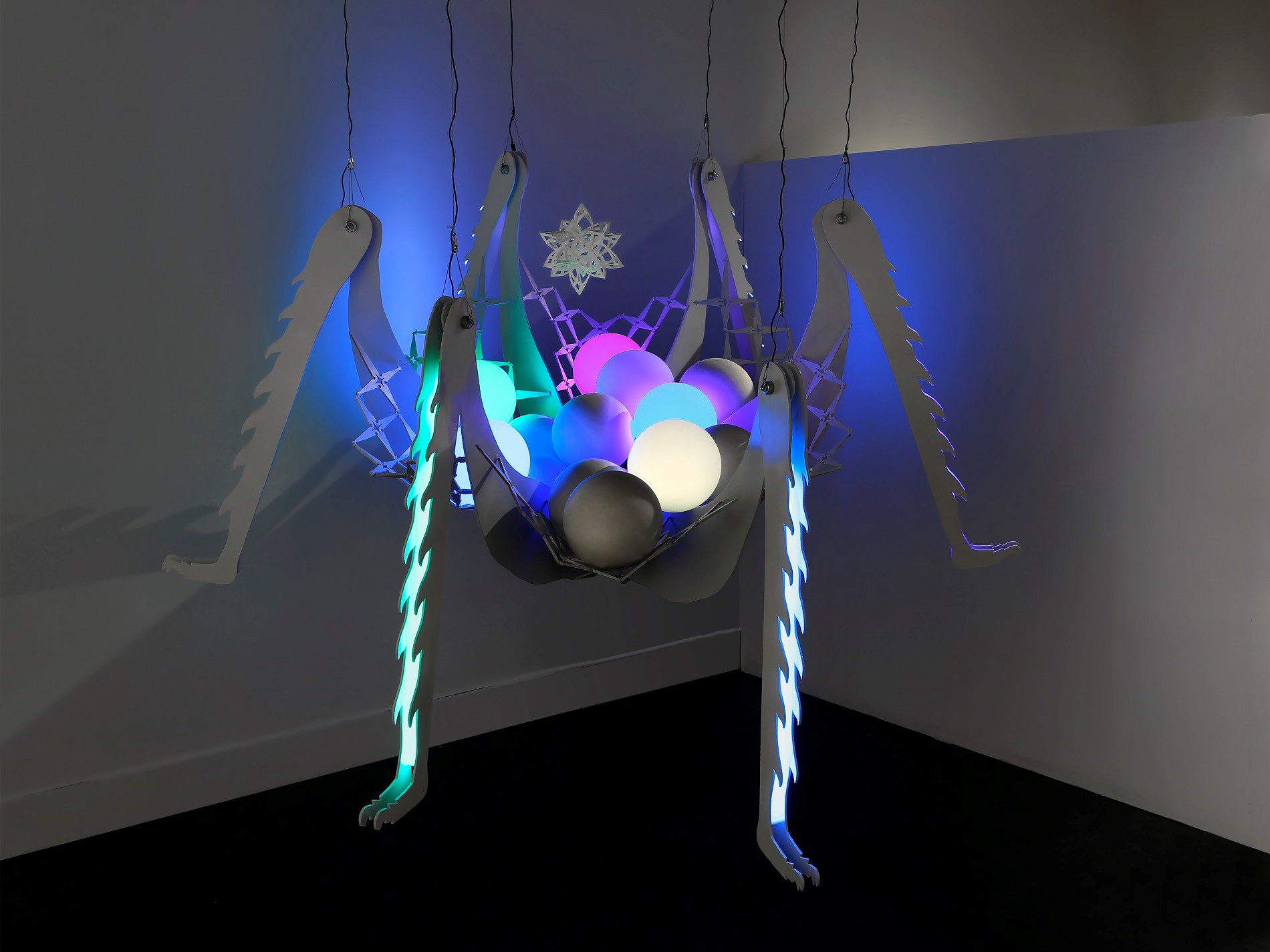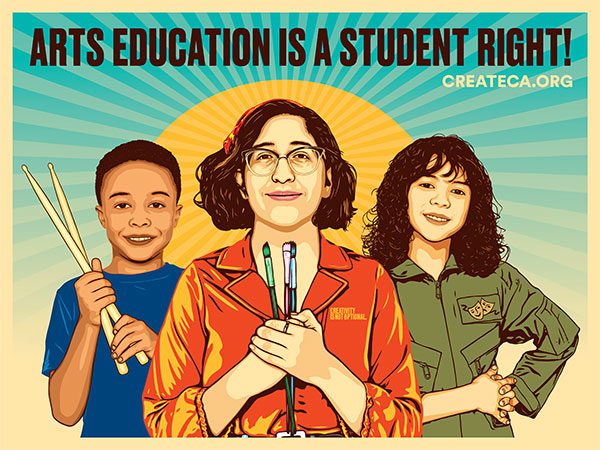
By Diana Dvora Falchuk
How can individuals use arts, culture, mindfulness, and embodiment to help transform systems and institutions toward racial and environmental justice? One potential approach is through learning cohort models.
Our office (ARTS) partnered with the Seattle Office for Civil Rights, the Seattle Office of Sustainability and Environment, and Seattle Public Utilities to offer the racial equity learning program, Turning Commitment into Action for Environmental Justice (TCA for EJ), for 29 policy influencers, a third of whom were BIPOC (Black, Indigenous and People of Color) working in historically white-led organizations and municipal agencies.
Those involved included:
- City of Seattle
- King County
- University of Washington
- Washington State University
- The Nature Consortium
- Stewardship Partners
- Delridge Neighborhood Development Association
- Earth Corps
- Seattle Urban Forestry Commission
- Northwest Harvest
The cohort culminated in final project presentations in 2019 and the qualitative impacts are documented in this final report. Guided by artist-facilitators, these individual policy influencers learned frameworks and developed practices to build and sustain environmental justice. The project revealed critical lessons for supporting such a learning community in the context of a mainstream environmental movement that still lacks consistent leadership from BIPOC communities and others who are most impacted by environmental injustices.
TCA for EJ infused racial equity learning with arts, culture, mindfulness, and embodiment. This helped participants develop the relational, emergent, and adaptive decision-making processes and ways of being that the work of equity and justice requires. By normalizing vulnerability, interconnection, bravery and belonging as fundamental components of strategic, outcomes-focused work, participants were able to see themselves and each other in more holistic and humanizing ways. The program deliberately created environments that were radically different from the typical policy conference room or office environment (spaces which often are normalized to keep the broader system of white supremacy in place).
TCA for EJ is one of the first projects of the Creative Strategies Initiative (CSI), launched in 2017 as a partnership between ARTS and the Office for Civil Rights. CSI uses arts, culture, mindfulness, and embodiment to build transformational, anti-racist practices throughout City government and our work with community. CSI projects position artists, cultural organizers and healers as designers and leaders of strategies that interrupt structural racism and move the needle toward racial justice. CSI is a component of the Race and Social Justice Initiative’s culture shift strategy and an outgrowth of nearly eight years of partnership between ARTS and the Office for Civil Rights.
We are grateful to artist-facilitators Sonali Sangeeta Balajee, Alan Wong, and Jéhan Òsanyìn, program co-designers Sudha Nandagopal and Sara Cubillos (also a curriculum designer and facilitator), and program partners Steve Hamai, Sharon Lerman, Pam Emerson, Lylianna Ayala, and Ximena Fonseca-Morales for their many contributions the program and report beginning in 2017. Diana Dvora Falchuk was the ARTS and Office for Civil Rights staff lead on this project. Additional gratitude to Mytoan Nguyen-Akbar, PhD, ARTS Impact and Assessment Manager, for designing and leading the evaluation and report.





